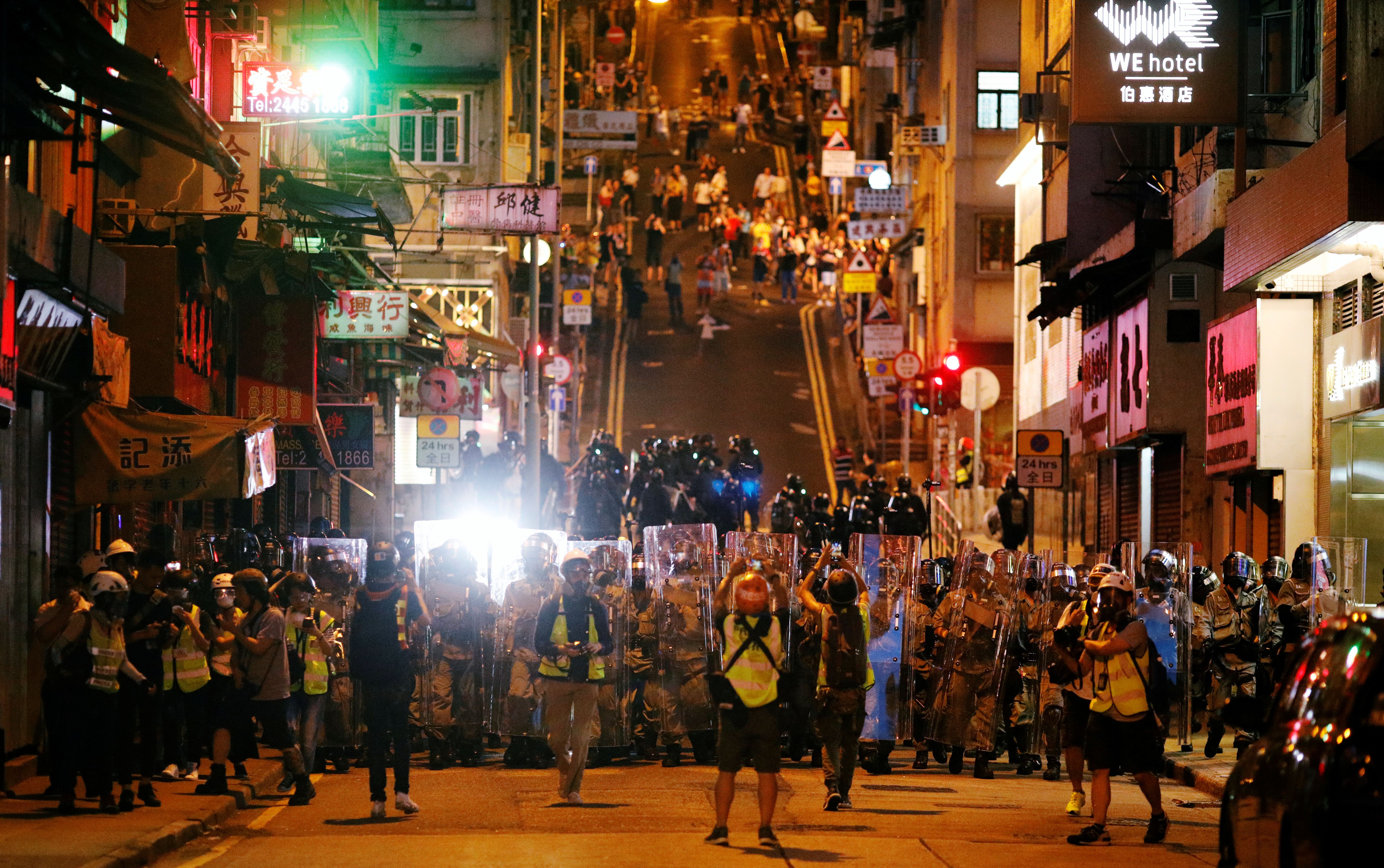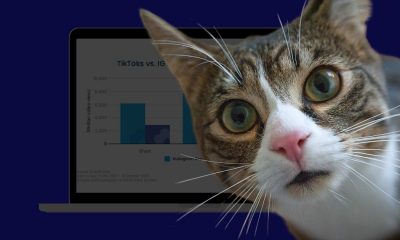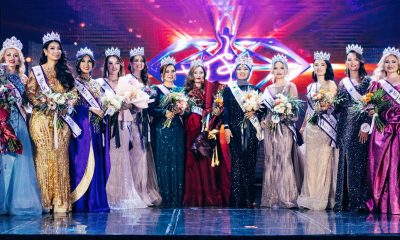SOCIAL MEDIA NEWS
Social media has become a battleground in Hong Kong’s protests
[ad_1]
Police officers line up during a protest against police violence during previous marches, near China’s Liaison Office, Hong Kong, China.
Edgar Su | Reuters
Hong Kong demonstrators have remained largely anonymous, using social media to avoid being identified and arrested by police authorities. Media experts said such tech has played a significant role in the documentation, organization, and assembly of the large-scale demonstrations.
Using social media as a tool to galvanize support during a political movement isn’t new — the image of a yellow umbrella was widely shared on Facebook to show support to Hong Kong’s pro-democracy movement in 2014. But this time around, the protesters are using social media in a way demonstrating a heightened awareness of cybersecurity and an increased understanding of how to effectively communicate with the medium.
The ‘battle for public opinion’
Social media has changed the way people document history, said Tracy Loh, senior lecturer of communication management at Singapore Management University. She told CNBC that social media has played a “more apparent” role in the 2019 protests than ever before.
Just as in the 2014 “Umbrella Movement,” social media is being used by protesters to conceal identities, spread information, mobilize demonstrators and avoid detainment — but it’s now gone beyond that, according to Loh
“I think that what has changed now is that social media is used to win the hearts and minds of the people. Both sides are using images of police brutality and/or protester brutality to further their own agendas,” she said.
The ongoing demonstrations in Hong Kong — a former British colony that was returned to Chinese rule in 1997 — started as peaceful rallies against a single proposed law. They’ve since snowballed into a wider pro-democracy movement, with some even demanding full autonomy from Beijing and occasional outbreaks of violence and disruptions to the city’s operations.
Protesters have circulated images of a female protester that was injured in the eye by members of the police force, and videos of police brutality have been spread to galvanize demonstrators, explained Loh. But, in the meantime, Chinese authorities have also utilized the power of social media, pushing out videos of military vehicles on standby in the neighboring city of Shenzhen and circulating videos of protesters disrupting public transit operations.
Social media has been used “as a tool in the battle for public opinion,” said Loh. She added that it has become more and more difficult for users and consumers of online content because they have to “deal with misinformation and fake news and the associated damages that (such content) can cause.”
‘Leaderless’ action
The heightened awareness of encryption and anonymity shown by demonstrators is another thing that is different from the 2014 protests.
Telegram groups and channels have been created to share live news feed, action information, and “intelligence” about a variety of ongoing and upcoming activities, said King-wa Fu, associate professor at the Journalism and Media Studies Centre at Hong Kong University. The professor added that those channels have been able to become
“powerful mobilization channels” as well as coordination tools.
In fact, many mobile messaging apps have seen a tremendous surge in downloads during recent months, according to Randy Nelson, head of mobile insights at San Francisco-based mobile data tracking firm Sensor Tower. He said first-time downloads of the Telegram secure messaging app grew 323% year-over-year last month in Hong Kong, reaching 110,000 versus 26,000 in July 2018. That compares to 92% growth for the rest of the world, Nelson told CNBC.
Local forums such as LIHKG, an online forum similar to Reddit, have also seen significant year-over-year growth driven by the protests, said Nelson. First-time downloads of that app grew +900% year-over-year last month in Hong Kong, adding 120,000 new users compared to 12,000 in July 2018, he said.
Fu said platforms like LIHKG have enabled smaller groups to “initiate new agenda, campaign ideas, and strategies.” On top of that, he said, Facebook’s Instagram has served as a platform for protesters to share “visually-compelling campaign posters, slogans, as well as image/video evidence of police violence,” and that has been something different from previous protests in Hong Kong.
The ongoing protests have remained leaderless, without a main figurehead, unlike the Umbrella Movement, where student leader Joshua Wong often publicly spoke on behalf of the protesters and created organizational Facebook events. He was even named one of TIME magazine’s Most Influential Teens of 2014. In doing so, Wong became a target when authorities were looking for someone to hold accountable and was later repeatedly jailed for unlawful assembly charges.
In the 2019 protests, there has not been an individual or organization that has claimed to be leading the movement.
Fu, a long-time examiner of the intersection between politics and media, told CNBC that although the movement this time around has been without a figurehead, social media tools have given the “leaderless” pro-democracy movement “characterization.”
[ad_2]
Source link













